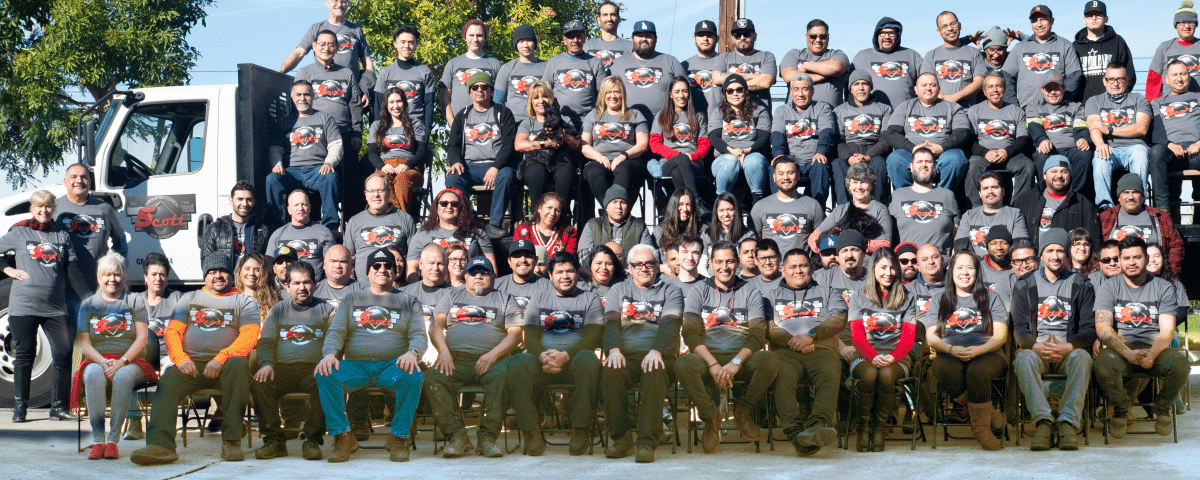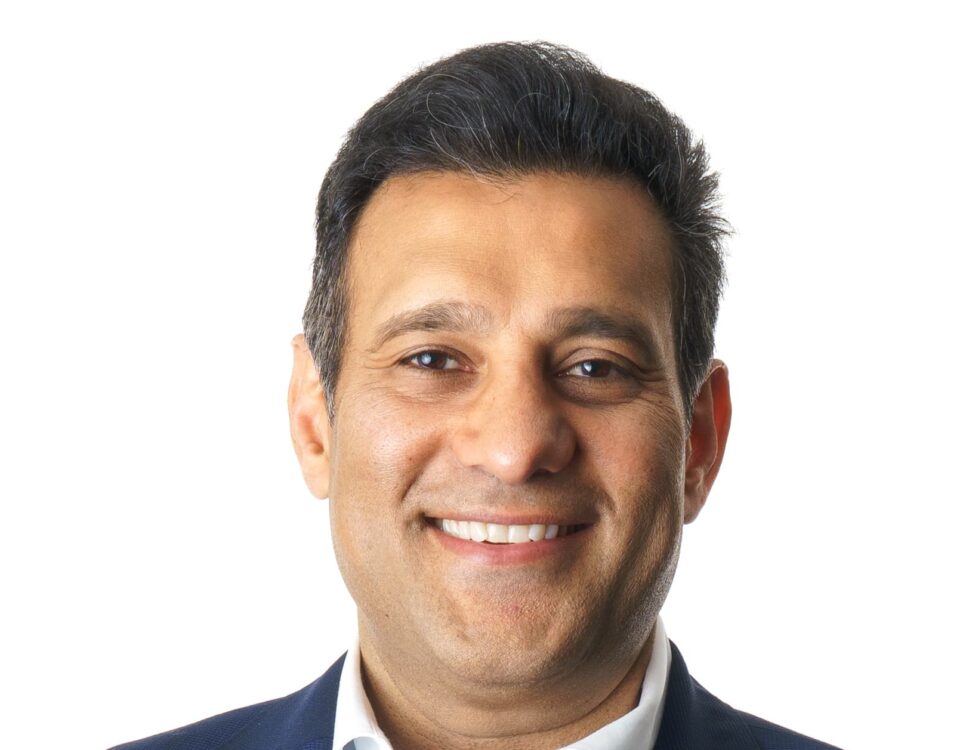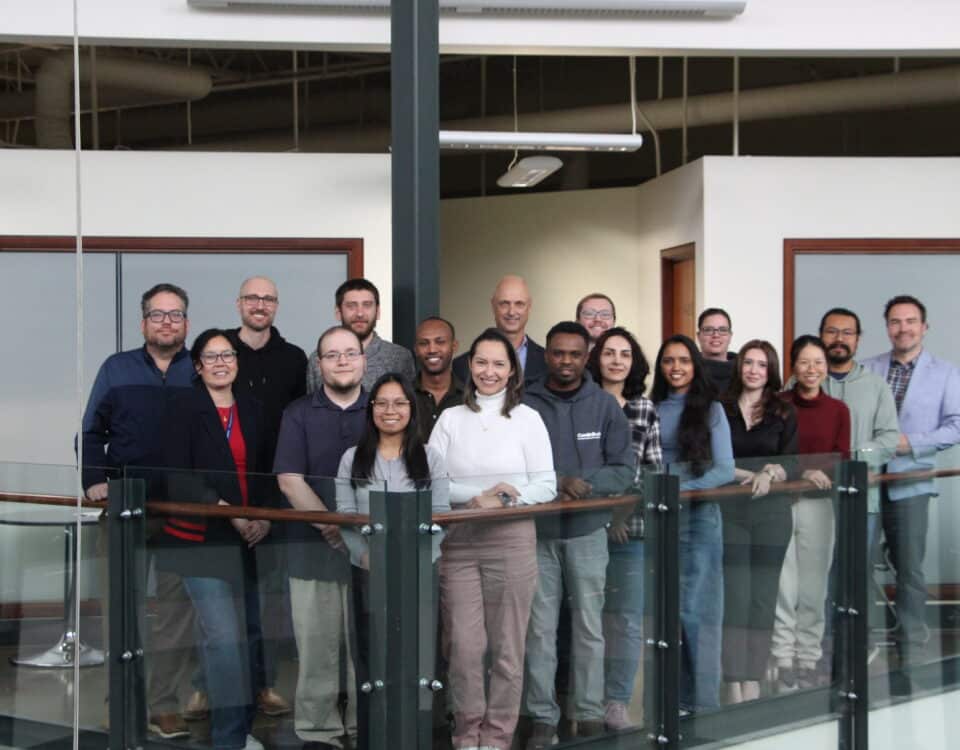US middle market revenue grew 12% in first two months of Q3, 2022
October 13, 2022India is quietly laying claim to economic super power status
October 20, 2022By Verne Harnish
Once a month, Debi Davis’s team at Scott Manufacturing Solutions in Inland Empire, California, gathers for a “ScotTalk.” The 120-person company makes metal-enclosed cabinets, mostly for electrical utilities. At this all-hands meeting on the factory floor, Davis delivers updates on the company’s strategy and gives shout-outs to team members who’ve had a birthday or who are living Core Values such as “Do whatever it takes,” “Be positive” and “Show up with pride.”
The monthly meeting closes with lunch and an event called “Scott’s Feeling Lucky,” a version of Wheel of Fortune. All non-executive members of the team have a chance to spin the wheel to win a gift card or a high-value scratch-off lottery card once a quarter.
Until recently, Davis also delivered updates on her health so her team didn’t have to worry if she was able to run the company. Davis was diagnosed with a highly aggressive form of endometrial cancer in October 2021, getting the news from her doctor when she was at the Scaling Up Summit in Las Vegas. Following surgery, five months of chemotherapy and radiation, Davis is now cancer-free. In one sign of how her team rallied around her, they decorated the archway to the building with signs saying “#Debistrong” and balloons in the color peach, the symbolic hue for uterine cancer.
Davis still managed to grow the company, founded in 1966, from $19.6 million in revenue last year to a projected $30 million for 2022—a leap from its historic growth of 3-5% a year. Meanwhile, Scott Manufacturing Solutions has gone from being in the red for five years to profitability.
“Our morale is at an all-time high,” says Davis. “We have absolutely insane morale.”
As she positioned the company for growth, Davis worked with Scaling Up Certified Coach David Chavez at Assured Strategy. Here is how she pulled it off.
Get the right people in the right seats on the bus
Early in the company’s work with Chavez, Davis and her leadership team completed the Function Accountability Chart (FACe). Their goal was to put the right people in the right seats on the bus, doing the right things.
In this case, that meant putting Davis in the CEO’s seat. She had applied for the CEO’s position when a prior CEO retired in 2014. The company instead gave the job to the head of the production floor, so Davis, who has a finance background, became CFO. But essentially, she found herself performing the role of the CEO for many years.
When Chavez hosted a retreat where the leadership team completed the FACe, it became clear that Davis was acting as CEO–and filling five other positions. Halfway through the first day, he said to the group, “Does anyone wonder why all of the contract negotiations are with Debi? None of you want to say anything, but it’s obvious she’s running the business.”
The leadership team unanimously decided to make her CEO and to shift the then-CEO into the role of president.
“Human Assets”
To put better systems in place around managing People, Davis changed the name of the Human Resources department to the Human Assets (HA) department. “I decided everyone cherishes their assets,” says Davis. “If someone says HR, we say “HA.”
She also added new roles, such as executive director of customer experience and executive director of engineering.
Drafting an aggressive growth strategy
Working with Chavez, Davis and her leadership team completed the One-Page Strategic Plan. They came up with the company’s Core Values, a Purpose—”Powering Solutions”—and a Big Hairy Audacious goal (BHAG) of providing 10,000 units to customers by 2028.
To ensure progress on these goals, she has focused on execution, improving on operations. “We had a terrible time with the supply chain,” she says.
Getting cash flowing
With supply chain challenges putting pressure on cash flow, Davis and her CFO negotiated better terms with suppliers. A year ago, the company raised prices by 30-80% to account for rising costs. “We decided it was worth risking losing a customer, rather than losing our company,” she says.
This was a high-wire act. Davis won buy-in from customers by illustrating in meetings how the company was adjusting its prices quarterly according to industry indices. “None of this would have happened without Scaling Up,” she says. “It gave us the audacity to ask for more.”
Now that Davis has her health back, she’s redoubling her efforts to support and celebrate the “Human Assets” who are helping the company to grow. “Everyone walks around talking about being customer-centric,” she says. “If you really love on your employees and let them know they are valuable, they take care of customers automatically.”



